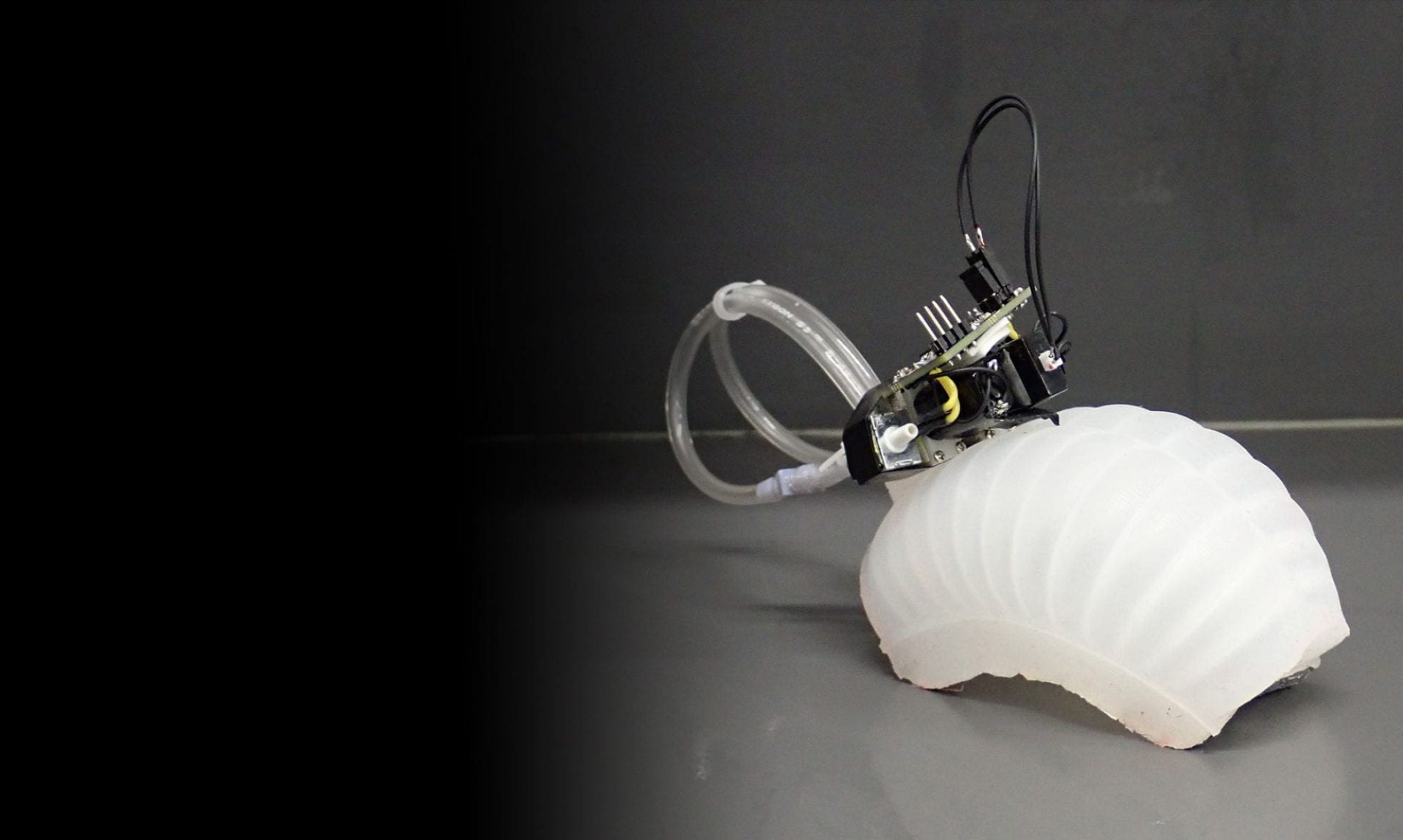Date: 5/4/23
Speaker: Rachel Holladay, EECS PhD Student at MIT
Location: Zoom
Time: 2:40 p.m.-3:30 p.m.
Abstract: In this talk I’ll primarily focus on enabling robots to perform multi-step forceful manipulation tasks, such as twisting a nut on a bolt or pulling a nail with a hammer claw, which requires enabling reasoning over interlocking force and motion constraints over discrete and continuous choices. I categorize forceful manipulation as tasks where exerting substantial forces is necessary to complete the task. While all actions with contact involve forces, I focus on tasks where generating and transmitting forces is a limiting factor of the task that must be reasoned over and planned for. I’ll first formalize constraints for forceful manipulation tasks where the goal is to exert force, often through a tool, on an object or the environment. These constraints define a task and motion planning problem that we solve to search for both the sequences of discrete actions, or strategy, and the continuous parameters of those actions. I’ll also briefly discuss our active work on multi-step manipulation that involves highly uncertain, briefly dynamic actions.
Bio: Rachel Holladay is an EECS PhD Student at MIT, where she is a member of the LIS (Learning and Intelligent Systems) Group and the MCube Lab (Manipulation and Mechanisms at MIT). She is interested in developing algorithms for dexterous and long horizon robotic manipulation and planning. In particular, her doctoral research focuses on enabling robots to complete multi-step manipulation tasks that require reasoning over forces and contact mechanics. She received her Bachelor’s degree in Computer Science and Robotics from Carnegie Mellon.
Website: http://people.csail.mit.edu/rholladay/
